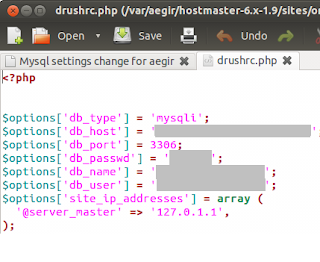Debian 6.0.5 comes with Apache 2.2.16. Using the official software repository it is not possible to upgrade this to the latest version.
Nessus report multiple vanrabilities in this quite old version of the httpd software and IMHO it is best to upgrade, if you have been given the responsibility of ensuring the security of a front facing web server.
To make the upgrade possible, add following repository to your software sources. This time apt-get install will work.
Debain Software Source:
deb http://http.us.debian.org/debian/ testing main contrib non-free
Scan again, everything seems to be under control... at least of today. Yes green is good. Green is your best friend. This is actually no briner. But it took me sometime to find out the software sources and hope someone else doesn't need to dig too far for it.
Here are some more sources for Debian. Its good not to use unstable repositories on production servers. :)
Some more Debain Software Sources:
deb http://security.debian.org/ stable/updates main contrib non-free
deb http://http.us.debian.org/debian/ stable main contrib non-free
deb http://http.us.debian.org/debian/ testing main contrib non-free
deb http://http.us.debian.org/debian/ unstable main contrib non-free
Nessus report multiple vanrabilities in this quite old version of the httpd software and IMHO it is best to upgrade, if you have been given the responsibility of ensuring the security of a front facing web server.
To make the upgrade possible, add following repository to your software sources. This time apt-get install will work.
Debain Software Source:
deb http://http.us.debian.org/debian/ testing main contrib non-free
Scan again, everything seems to be under control... at least of today. Yes green is good. Green is your best friend. This is actually no briner. But it took me sometime to find out the software sources and hope someone else doesn't need to dig too far for it.
Here are some more sources for Debian. Its good not to use unstable repositories on production servers. :)
Some more Debain Software Sources:
deb http://security.debian.org/ stable/updates main contrib non-free
deb http://http.us.debian.org/debian/ stable main contrib non-free
deb http://http.us.debian.org/debian/ testing main contrib non-free
deb http://http.us.debian.org/debian/ unstable main contrib non-free



